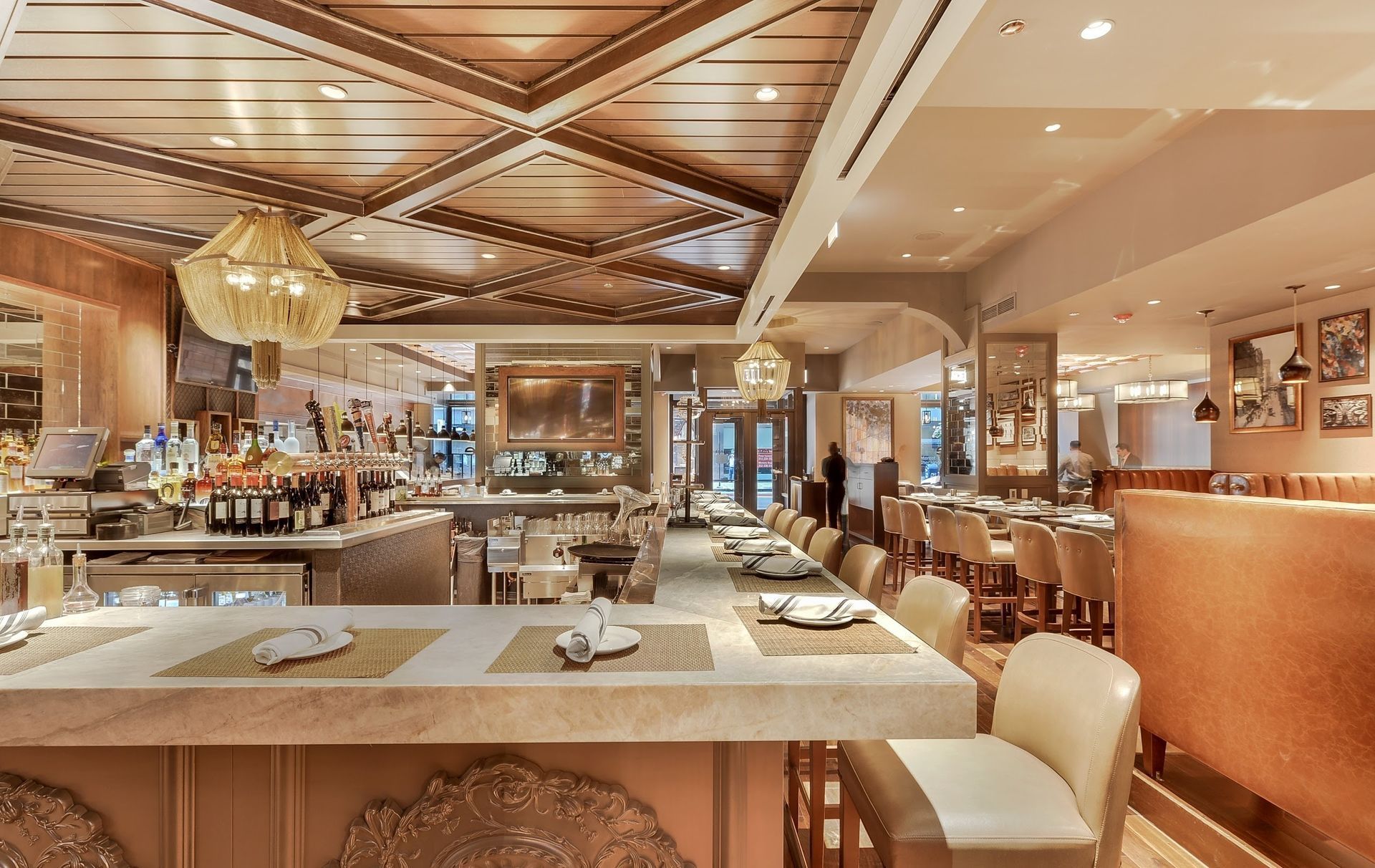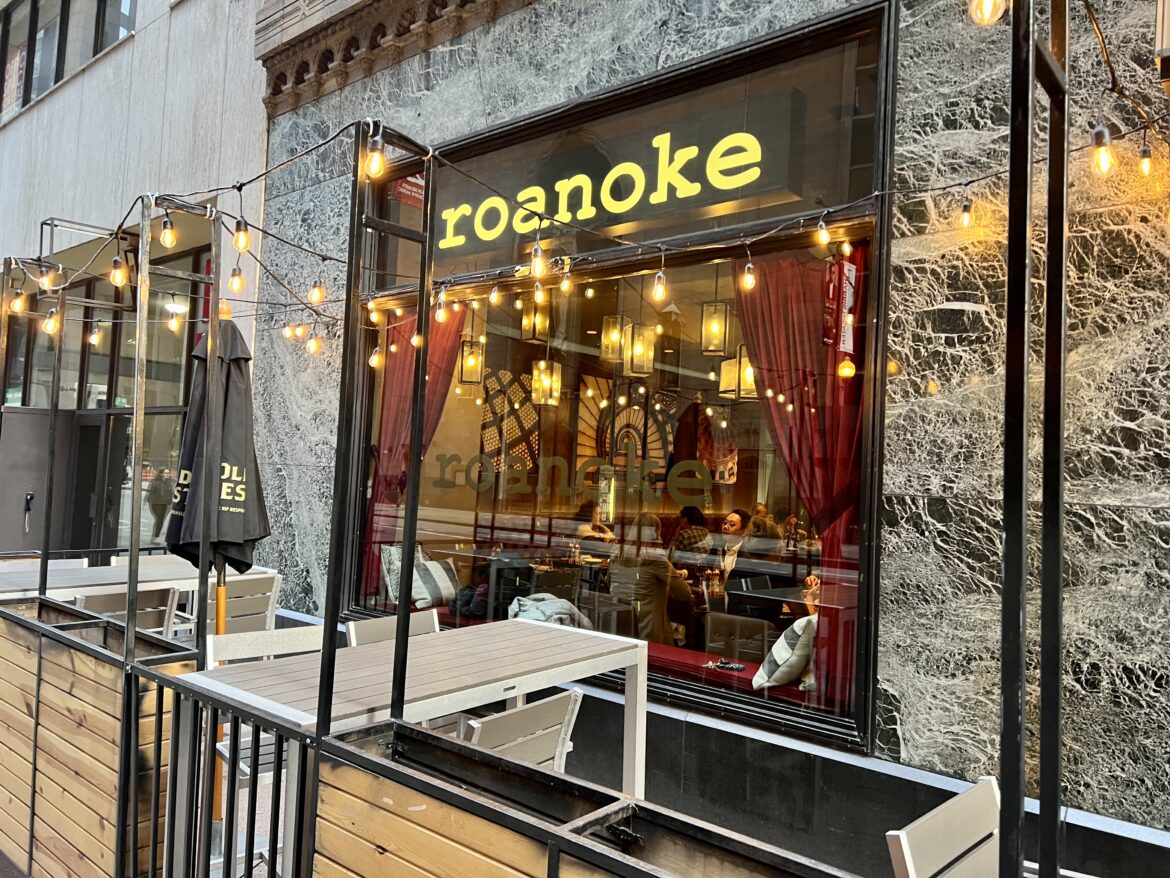Roanoke Chicago: Hidden Gems & Local Favorites!
Could the juxtaposition of "Roanoke" and "Chicago" possibly unlock a fresh perspective? The truth is, the seemingly disparate worlds of Roanoke, Virginia, and Chicago, Illinois, hold a surprising amount of connective tissue, offering insights into urban planning, historical trends, and the evolving fabric of American society.
Roanoke, nestled in the Blue Ridge Mountains, often conjures images of serene landscapes and a slower pace of life. Its history is deeply rooted in the railroad industry, a pivotal period that transformed the town into a bustling hub. Contrast that with Chicago, a sprawling metropolis on the shores of Lake Michigan, a city synonymous with innovation, industry, and a relentless drive for progress. The city's rise was fueled by its strategic location and became a nexus for trade, immigration, and cultural exchange. While geographically and culturally distinct, both locations provide unique lenses through which to examine the enduring themes that have shaped the American narrative.
Consider the impact of transportation. Roanoke's growth was directly tied to the arrival of the Norfolk and Western Railway, its prosperity inextricably linked to the ebb and flow of the rail industry. The city's layout, its economic structure, and even its social dynamics were molded by the presence of the railway. Chicago, on the other hand, benefited from its position at the crossroads of waterways and rail networks, rapidly becoming a vital distribution center and a gateway for settlers heading westward. Both cities demonstrate the transformative power of transportation infrastructure, showcasing how access, efficiency, and technological innovation can shape the destiny of a community. The difference lies in the scale and scope. Roanokes story is one of regional significance, while Chicagos narrative played a critical role on the national and international stage.
In terms of economic development, Roanokes evolution reflects the shifting dynamics of the American economy. The city transitioned from a railroad town to a diversified economic base, embracing healthcare, technology, and a growing service sector. The city has been working to revitalize its downtown core and embrace modern business practices. Chicagos economic story is a tale of innovation and resilience, rising from the ashes of the Great Chicago Fire to become a global economic powerhouse. The city has consistently reinvented itself, adapting to the changing landscape of global markets, from meatpacking and manufacturing to finance and technology. Chicago has shown the ability to attract top talent, foster entrepreneurship, and remain a leader in many industries. These two cities represent the larger economic trends visible across the country: the shift away from manufacturing and the rise of knowledge-based economies.
The histories of Roanoke and Chicago also reveal the evolution of social dynamics and demographic patterns. Roanoke experienced waves of immigration, primarily from Europe, and the forced migration of people looking for work, contributing to a diverse population and the creation of distinct neighborhoods. Chicagos story is even more complex, shaped by waves of immigration from all corners of the world, as well as internal migration from the American South. This has led to the development of culturally rich neighborhoods, often accompanied by deep social inequalities. This urban mix led to moments of cultural explosion, alongside conflict. Both cities have faced the challenges of segregation, discrimination, and social injustice. But they are both in a constant state of evolution, continually grappling with the question of how to build a more inclusive and equitable society.
The architectural landscapes of Roanoke and Chicago reflect the specific histories of each city. Roanoke, with its focus on the railroad, features historic buildings and a charming downtown area, offering a glimpse into the past. Its architecture reflects the boom of the late 19th and early 20th centuries, showing off the town's railroad heritage. Chicago, with its iconic skyline, is a testament to architectural innovation, a city that continues to experiment with groundbreaking designs and materials. From the pioneering skyscrapers to the distinctive bungalows, the city's architecture reflects its constant push to the future. The Great Chicago Fire of 1871, paradoxically, led to a burst of architectural creativity, and the city has become a laboratory for the modern world, with innovative designs constantly being adopted.
Roanoke is working to leverage its natural beauty and create an environment that attracts both businesses and residents. The citys proximity to the Blue Ridge Parkway and its focus on outdoor recreation are a testament to its efforts to attract the outdoor lifestyle. Chicagos focus on urban renewal and community development demonstrates the citys commitment to creating a vibrant and livable environment for its residents. From its world-class parks to its cultural institutions, the city continues to invest in the quality of life, recognizing that this is important to attracting talented employees and growing its economy.
The two cities also present an interesting contrast in governance and civic engagement. Roanokes government has faced challenges in promoting economic development and creating opportunities for its diverse population. Its political landscape is marked by a focus on local issues and the concerns of its citizens. Chicagos political structure has also undergone many changes, and has experienced periods of both corruption and reform. The city has often been a testing ground for innovative approaches to urban governance, from urban planning to community development initiatives.
In many ways, the comparison between Roanoke and Chicago shows us a look at the United States. Both cities have faced challenges in adapting to changing times, from economic hardships to social unrest. However, both also demonstrate the capacity for resilience, adaptation, and the constant pursuit of a better future. Roanoke, the smaller city in Virginia, shows how a smaller town, once dependent on a single industry, can evolve. Chicago, the great American city, illustrates how to become a global leader, while tackling the difficult problems that face the nation.
In the context of "Roanoke Chicago", the key lies not just in comparing the cities themselves but in examining the larger forces that have shaped the American landscape. They provide a glimpse into the economic, social, and cultural developments that have influenced the nation's evolution. Exploring the parallels and contrasts between these two placesone a city of industry and enterprise, and the other of natural beauty and steady progressallows us to explore the American story.



